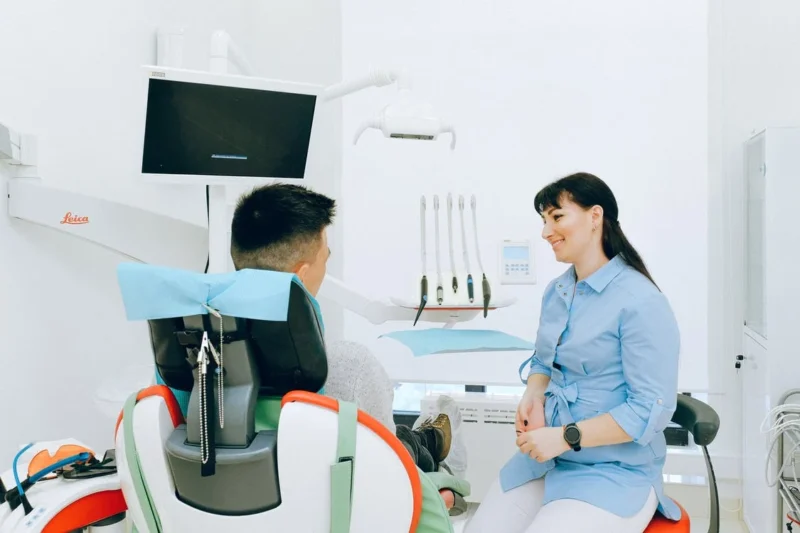Many dental concerns affect the teeth and thus promote dentist intervention, including teeth decay and infections. It is essential to seek emergency dental care for your decay and disease to preserve your teeth and maintain overall oral wellness. Root canals Greenpoint, Brooklyn, NY is one of the most common procedures physicians perform on patients with tooth decay, and infection. It involves removing, cleaning, and sealing the nerve and pulp to address any inflammation and irritation causing symptoms. Root canals are essential in controlling the spread of infection, thus saving the surrounding teeth.
Why do dentists need to remove the tooth pulp?

Any damage to the tooth nerve tissue or pulp, either from disease or trauma, requires intervention to prevent bacteria from breaking down and multiplying, causing infection in the pulp chamber. The bacteria can also cause an abscessed tooth, a pocket filled with pus, usually at the end of teeth roots. An abscess only occurs when the infection has reached the roots of teeth, and therefore, a patient can prevent this result by seeking early treatment of the disease. Other things that might happen to your teeth when you get an infection include:
- Swelling of periodontal tissue. However, spreading is not limited to your mouth and can apply to your face and neck.
- Bone loss: Bacteria can eat up periodontal tissue around the tip of the affected tooth.
Signs you need a root canal

The following are signs of an infection that you need to seek emergency care for, which may include a root canal procedure to restore wellness:
- Tooth sensitivity to cold and heat
- Swelling and pain in the gums
- Darkened gums, which is a sign of deep decay
- Pimples on gums
- Sharp pain during mastication
What should you expect during a root canal procedure?

A dentist or endodontist is a person skilled in performing a root canal. The following are the steps to expect during a root canal procedure:
The first step your doctor will do is to take an X-ray of your root canal to detect signs of infection and thus determine disease severity.
Dentists usually administer local anesthesia to help patients relax during the procedure. However, this step is unnecessary for patients with severe infections because the nerves are typically dead.
Your dentist will then place a rubber dam around the treatment area to ensure dryness.
The next step is to drill into the tooth to access the pulp. Dentists usually clean the pulp to remove any bacteria while spraying water or sodium hypochlorite to flush away debris.
The next step would be to seal the tooth after cleaning. A dentist may prefer to put medicines inside the tooth to clear any infection and seal the tooth after about a week. A temporary filling is necessary if your doctor does not close your tooth the same day of your root canal appointment to prevent food and saliva from getting into the pulp. Some dentists place a crown or post for additional protection after sealing the tooth.
Contact Brooklyn City Dental if you have questions about root canals and attend a consultation to determine your candidacy for the treatment.


